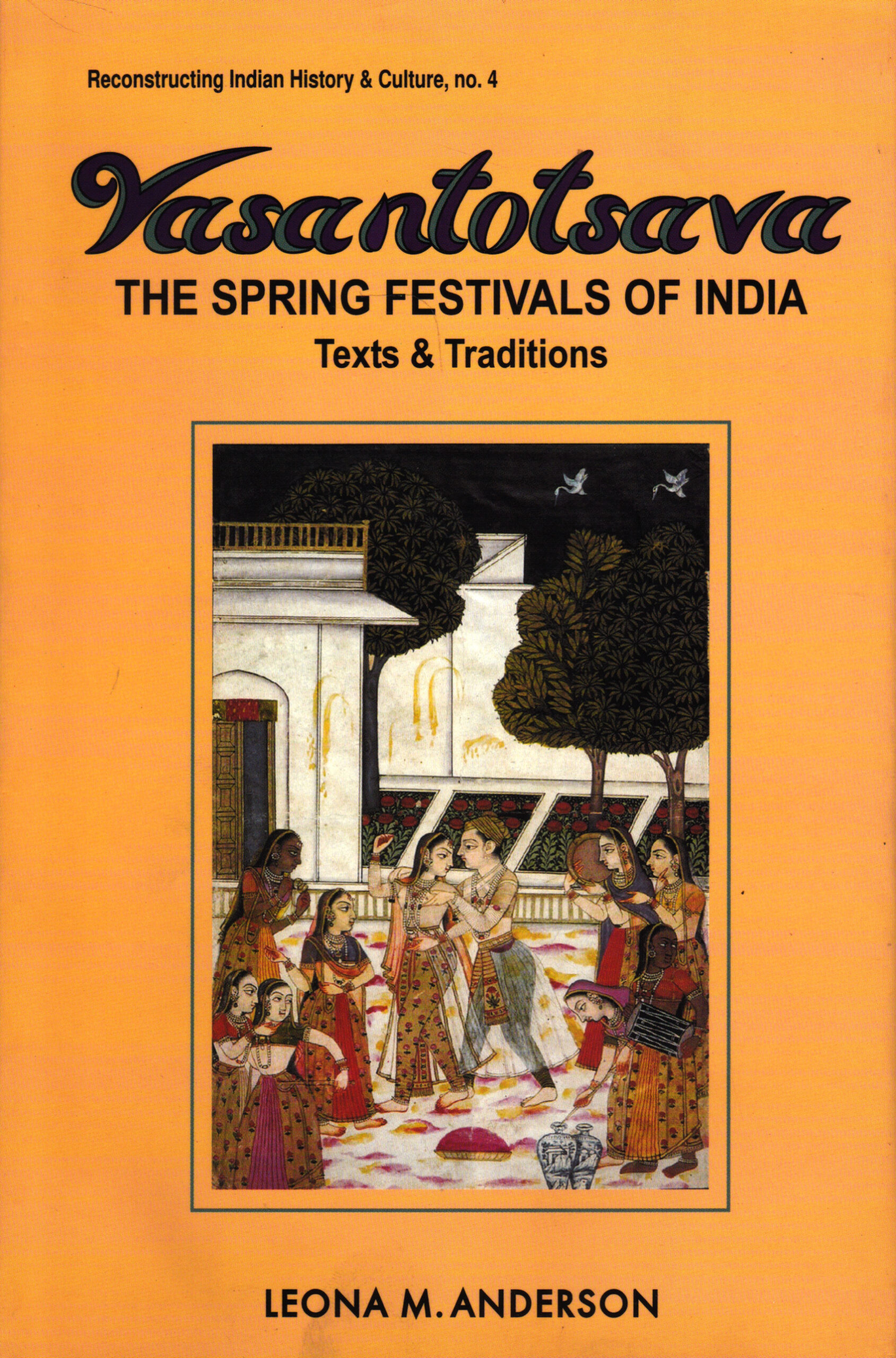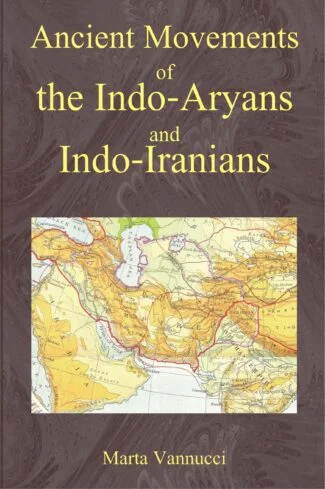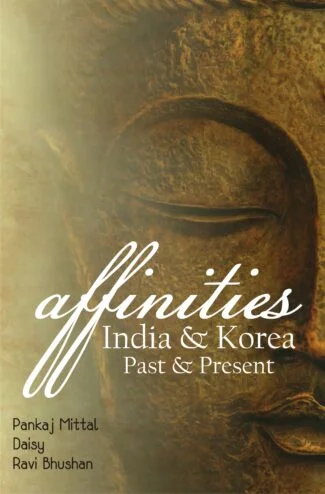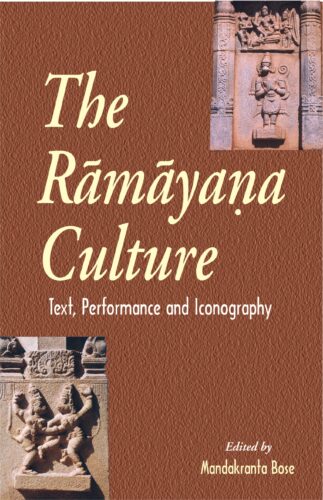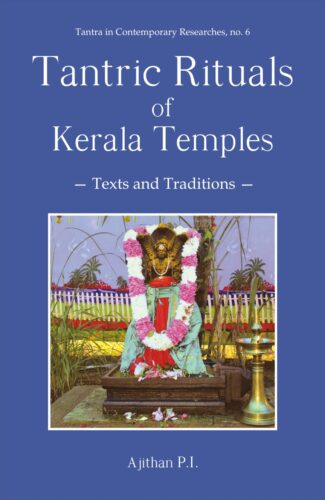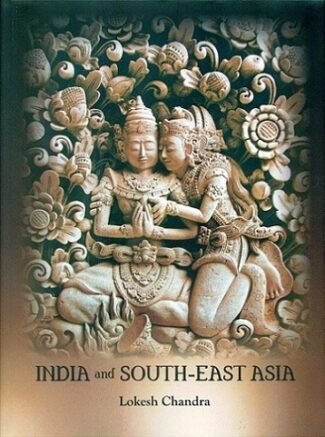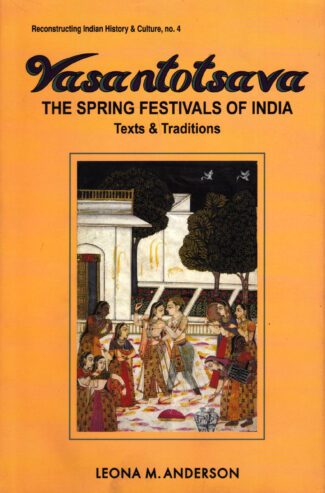

Vasantotsava: The Sp...
Vasantotsava: The Spring Festivals of India
Texts and Traditions by: Leona M. AndersonThis study treats Vasantotsava as a thematically unified generic whole embracing a range of spring festivals, pansectarian in character and incorporating various rituals. It reassesses Sanskrit texts to explore the rituals, symbols and underlying motifs of the Vasantotsava.
Original price was: ₹500.00.₹450.00Current price is: ₹450.00.
ISBN: 9788124600115
Year Of Publication: 2005
Edition: 3rd
Pages : xi, 254 [+8]
Bibliographic Details : 8 Coloured plates; Glossary; Bibliography; Index
Language : English
Binding : Hardcover
Publisher: D.K. Printworld Pvt. Ltd.
Size: 23 cm.
Weight: 500
This study treats Vasantotsava as a thematically unified generic whole embracing a wide range of spring festivals including the Phalgunotsava, Caitrotsava, Phalgu, Madhutsava, Madanamahotsava, Madanatroydashi, Anangotsava, Madanadvadaishi, Kamotsava, Shripancami, Yatramahotsava, and Holaka (Holi). These festivals are pansectarian in character and incorporate a variety of ritual observances practised through- out the Indian subcontinent. Signifying the termination of winter and announcing the advent of spring, the celebration was a diverse and complex spectacle situated within the framework of Indian ritual and myth. On the basis of puranic and ritual texts, folk tales, drama, poetry, and narratives in mixed prose and poetry (campus), Dr. Anderson addresses complex issues of indigenous ritual, mythology, and tradition. The Vasantotsava incorporates a broad spectrum of human concerns: in the sphere of polity, it can be turned to account to celebrate and reinforce the power of the king; in the social sphere, it is a time of revelry and merry-making indicative of the annual renewal in human affairs; and in the sphere of religion, it celebrates the exploits of the gods and establishes a link between human and divine actions and events.
Acknowledgements
List of Plates
1. Introduction
The Date of the Vasantotsava
2. The Vasantotsava and its Variants
The Vasantotsava and the Worship of Kama
Vasantotsava and Holi
Vasantotsava and Regional Celebrations
3. The Ratnavali: The City
Manners and Ways
Colours, Powders, and Syringes
Motifs
4. The Ratnavali: The Pleasure Grove
Flowers and Trees
The Ashoka Tree
The Mango Tree
Kamadeva
Kama Rituals: The Matsya Purana and the Sanatkumara Samhita
Kama and Women
Images of Kama and Image Worship
5. The Spring Stage
The Ratnavali
Priyadarshika
Malavikagnimitram
Parijata-Manjari Alias Vijayashri
Underlying Themes: Fertility and Marriage
Marriage and Renewal
6. Kathasaritsagara
The Kathasaritsagara: Book xii, Story Number 17
The King
Duty or Desire
The Buddhist Recension
7. Vikramacarita
Story Number 16: The Spring Festival and the Brahmins Daughter
The Good King
The Jain Recension
The Seclusion of the King
Deities and Worship
8. Bhavishya Purana, 135: Kama
Bhavishya Purana, 135: Madanamahotsavavarnam
Kamas Mythology and the Vasantotsava
Kama and Shiva
Jagarana
Navaratra
9. Bhavishya Purana, 132: The Demoness
Bhavishya Purana, 132: Phalgunapurnimotsavavarnam
Dhaundha, Holaka and Putana
The Demoness and the Gods
Children
Fire and Ash
10. Virupakshavasantotsavacampu
The Axis of Power: The City and the Temple
Chapter Three: The Festival of the Chariot (Rathotsava)
The King in his City
Chapter Four: The Hunt Festival (Mrigayotsava)
The Shaiva Tradition and the Vasantotsava
11. Conclusion
The Vasantotsava and Sectarianism
Indramahotsava
Vedic Precedents
Glossary
Dates of Texts
Bibliography
Index


